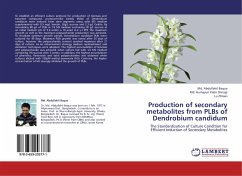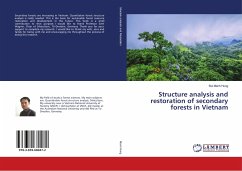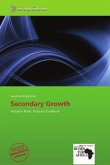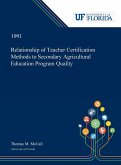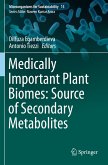Andrew Sherratt's model of a secondary products revolution involved a widespread and broadly contemporaneous set of innovations in Old World farming. The use of domestic animals for primary carcass products (meat) was broadened from the 4th-3rd millennia BC to include exploitation for renewable 'secondary' products: milk, wool, traction, riding and pack transport. Many of these innovations first appeared in the Near East during the fourth millennium BC and spread to Europe and the rest of Asia soon afterwards. They appeared in Europe by the beginning of the third millennium BC. These innovations became available in Europe due to the westwards diffusion of new species (horse, donkey), breeds (e.g. woolly sheep), technology (wheel, ard) and technological knowledge (e.g. ploughing). Their adoption can be understood in terms of pastoralism, plough agriculture and animal-based transport facilitating marginal agricultural colonisation and settlement nucleation. Ultimately it was revolutionary in terms of both origins and consequences.
Bitte wählen Sie Ihr Anliegen aus.
Rechnungen
Retourenschein anfordern
Bestellstatus
Storno



